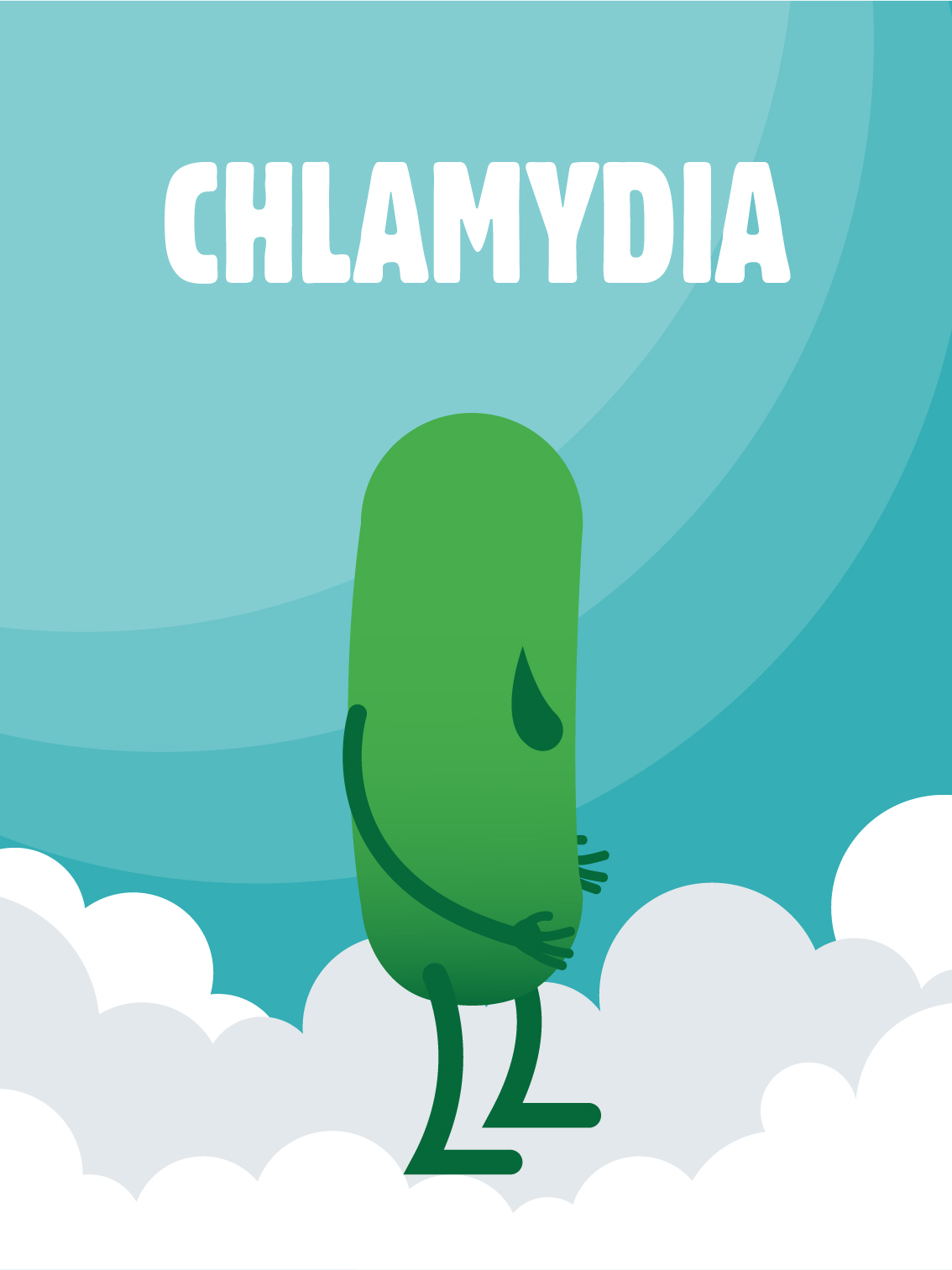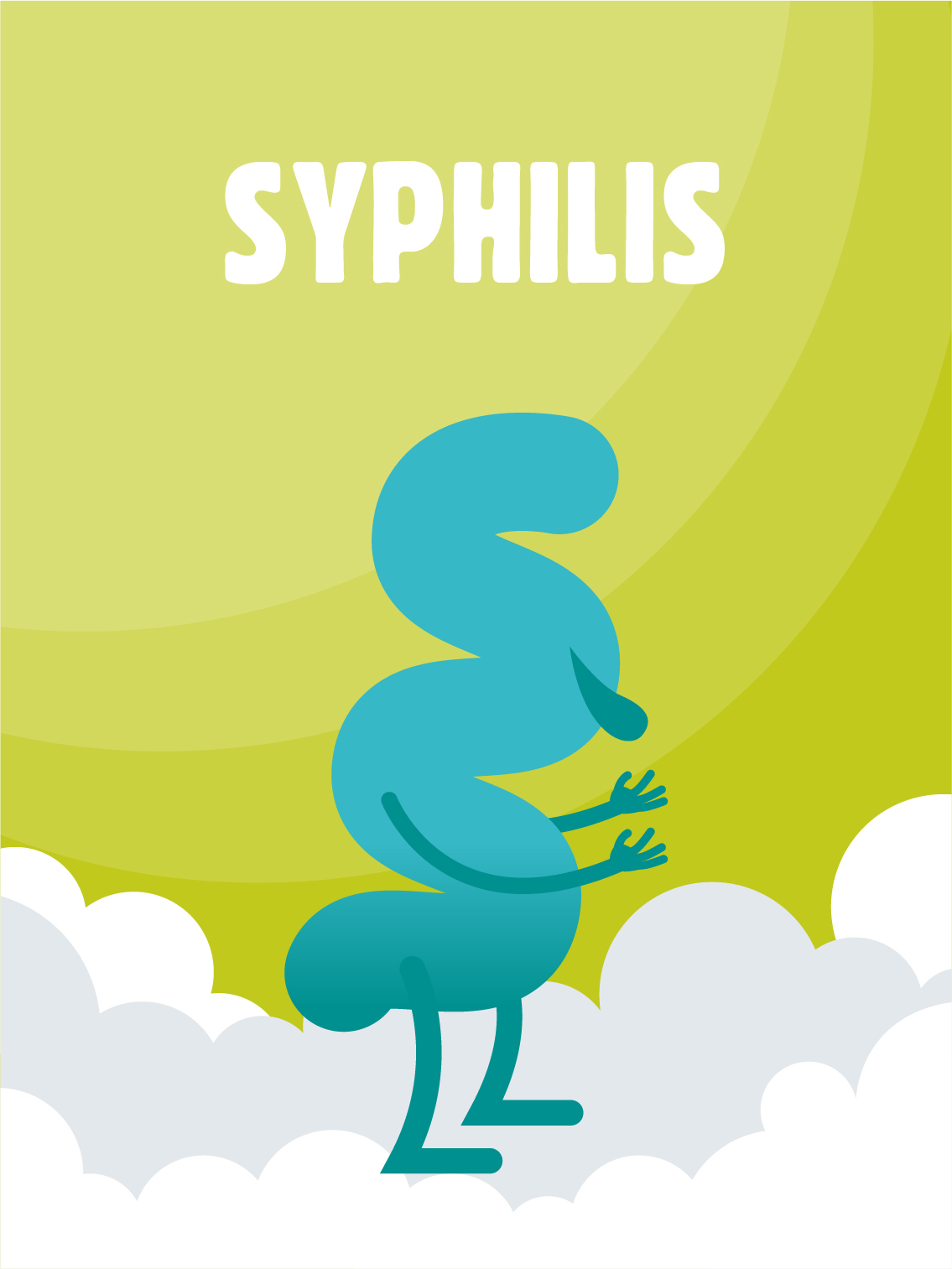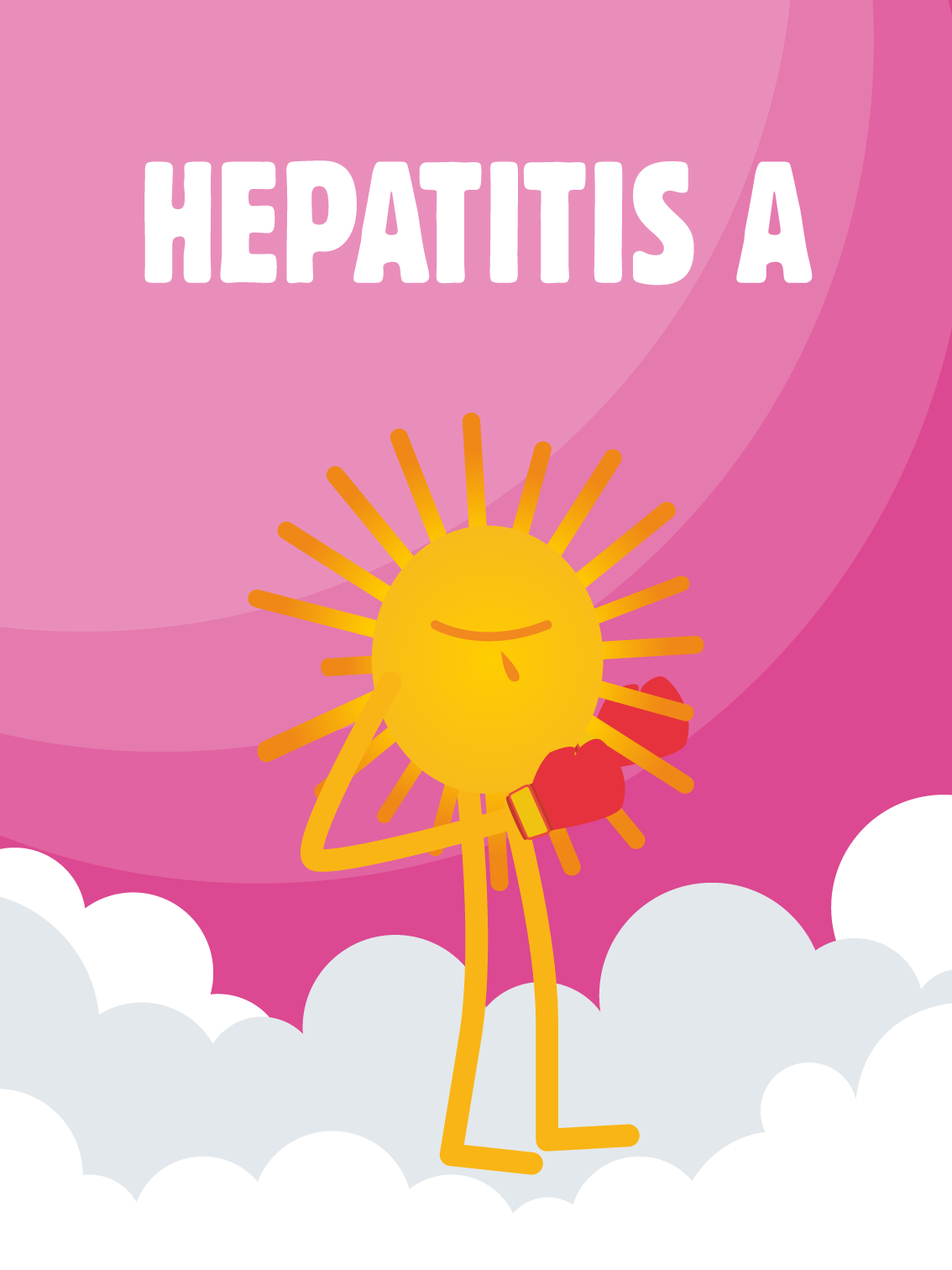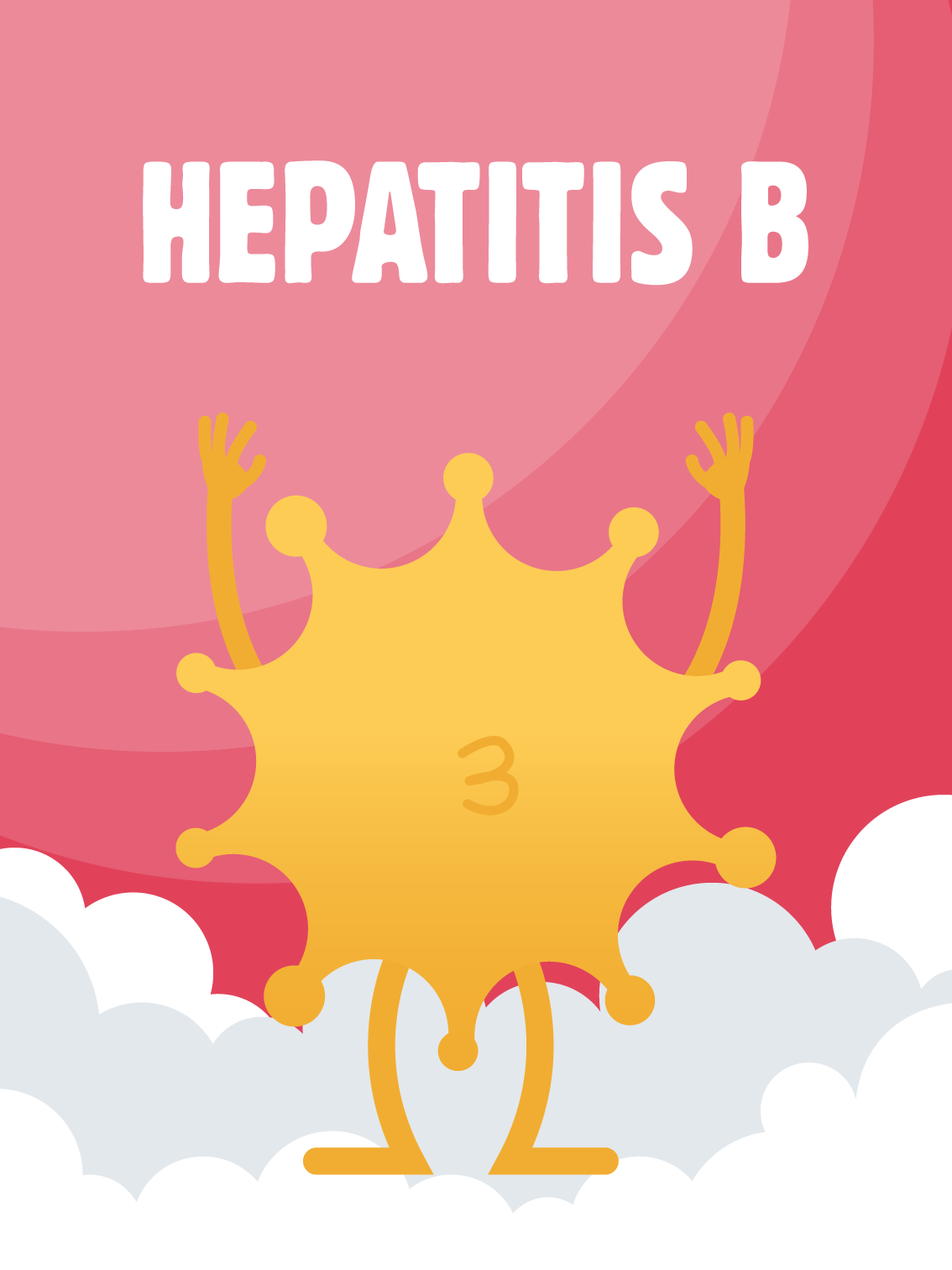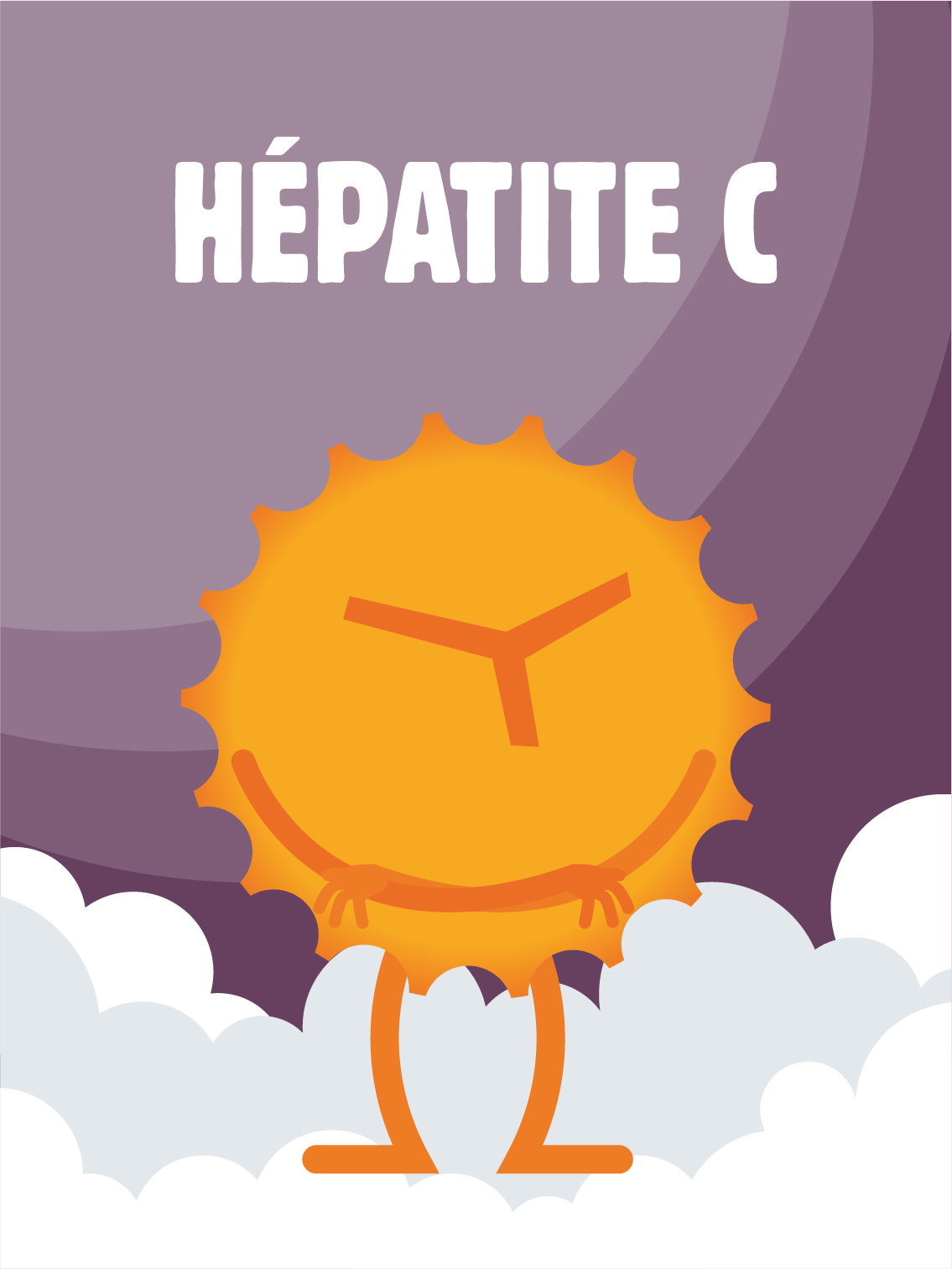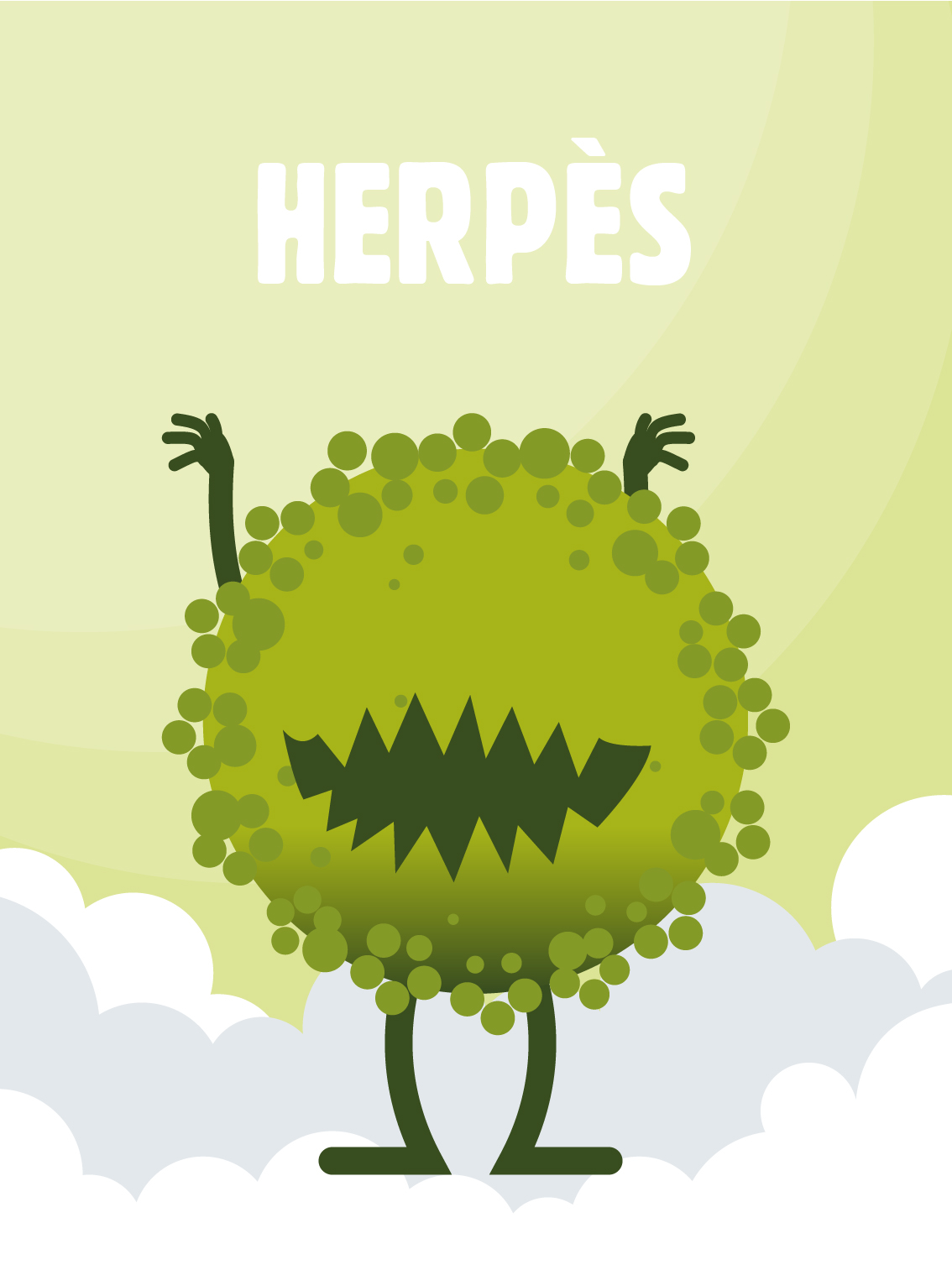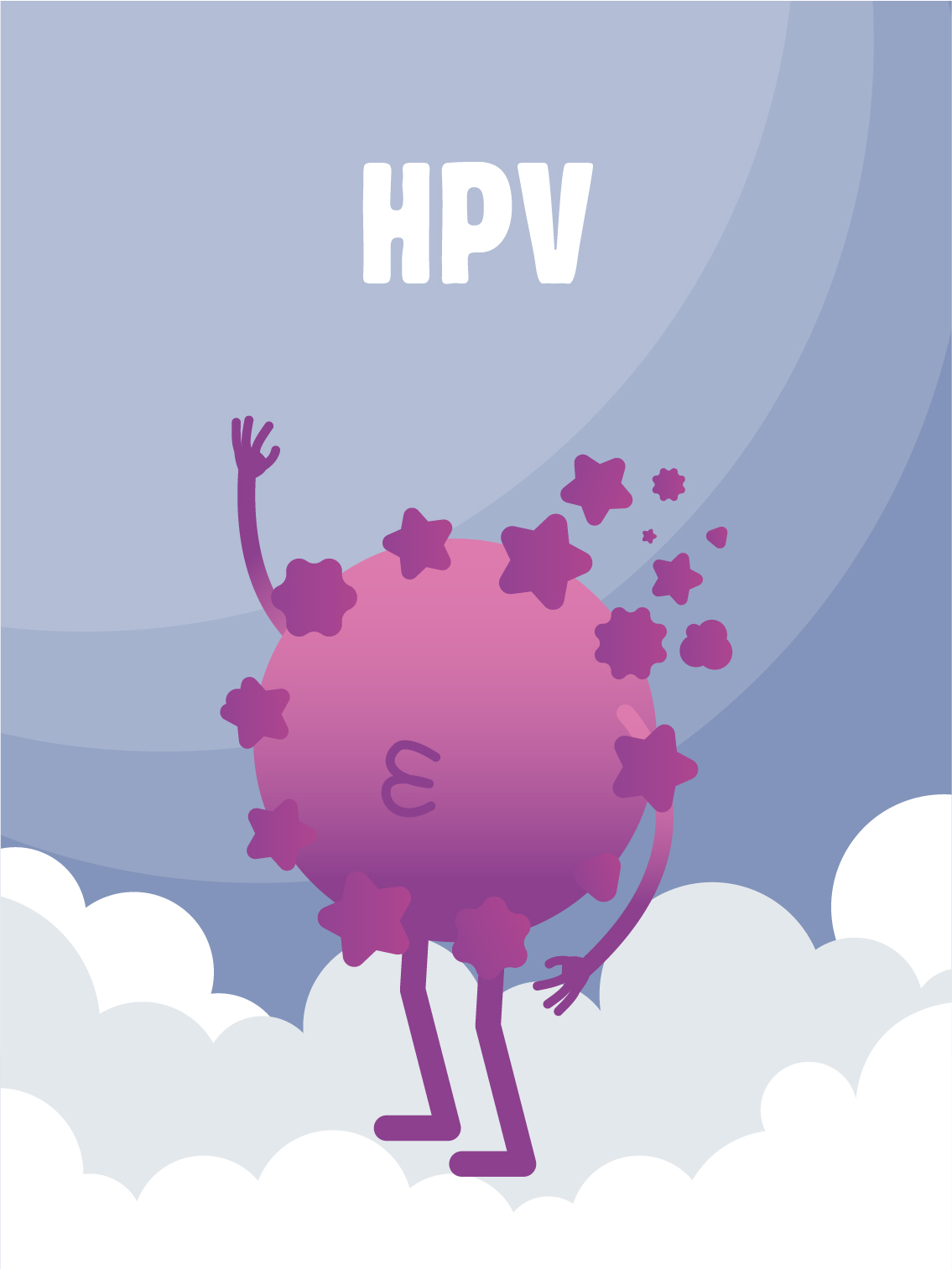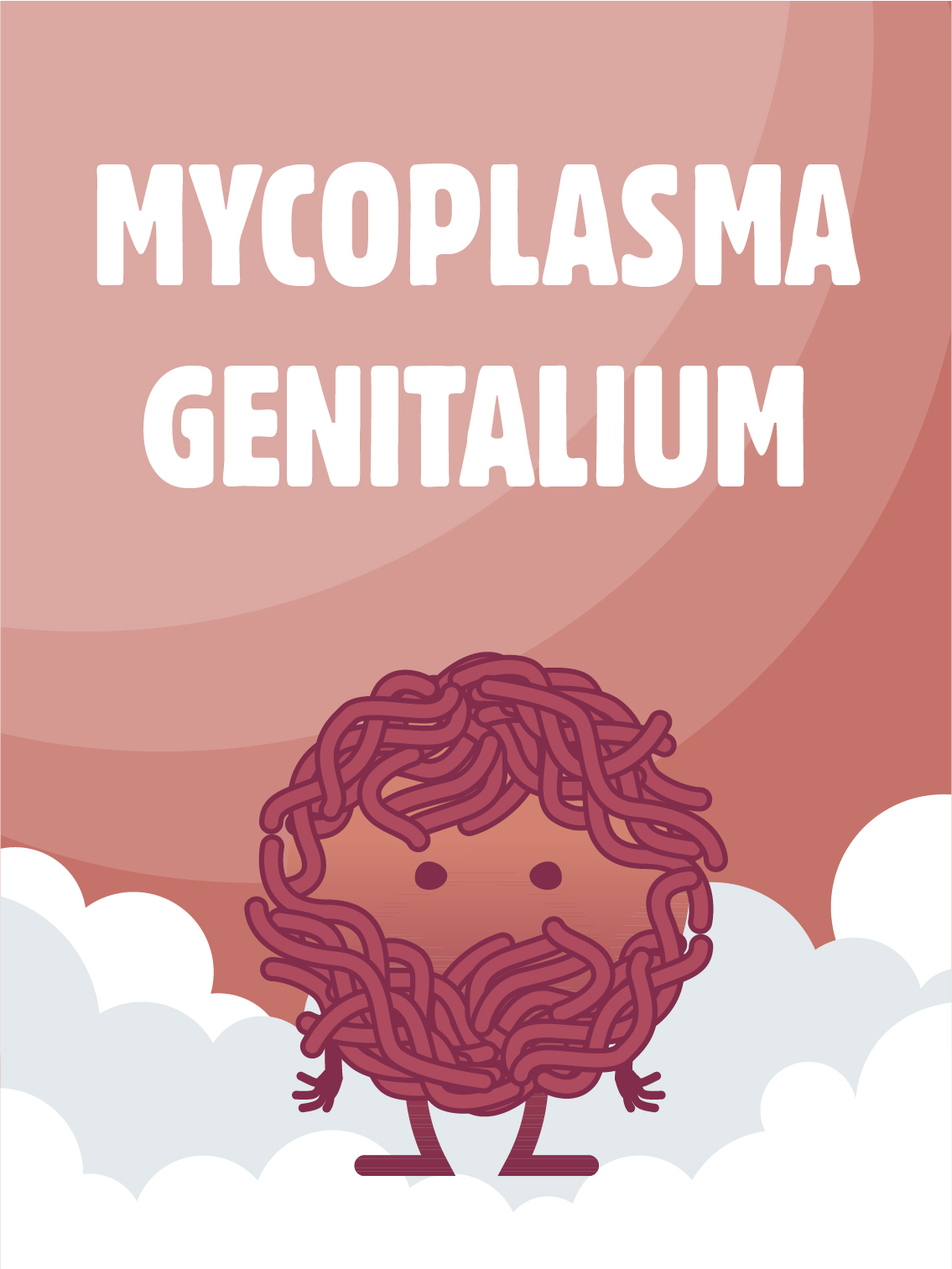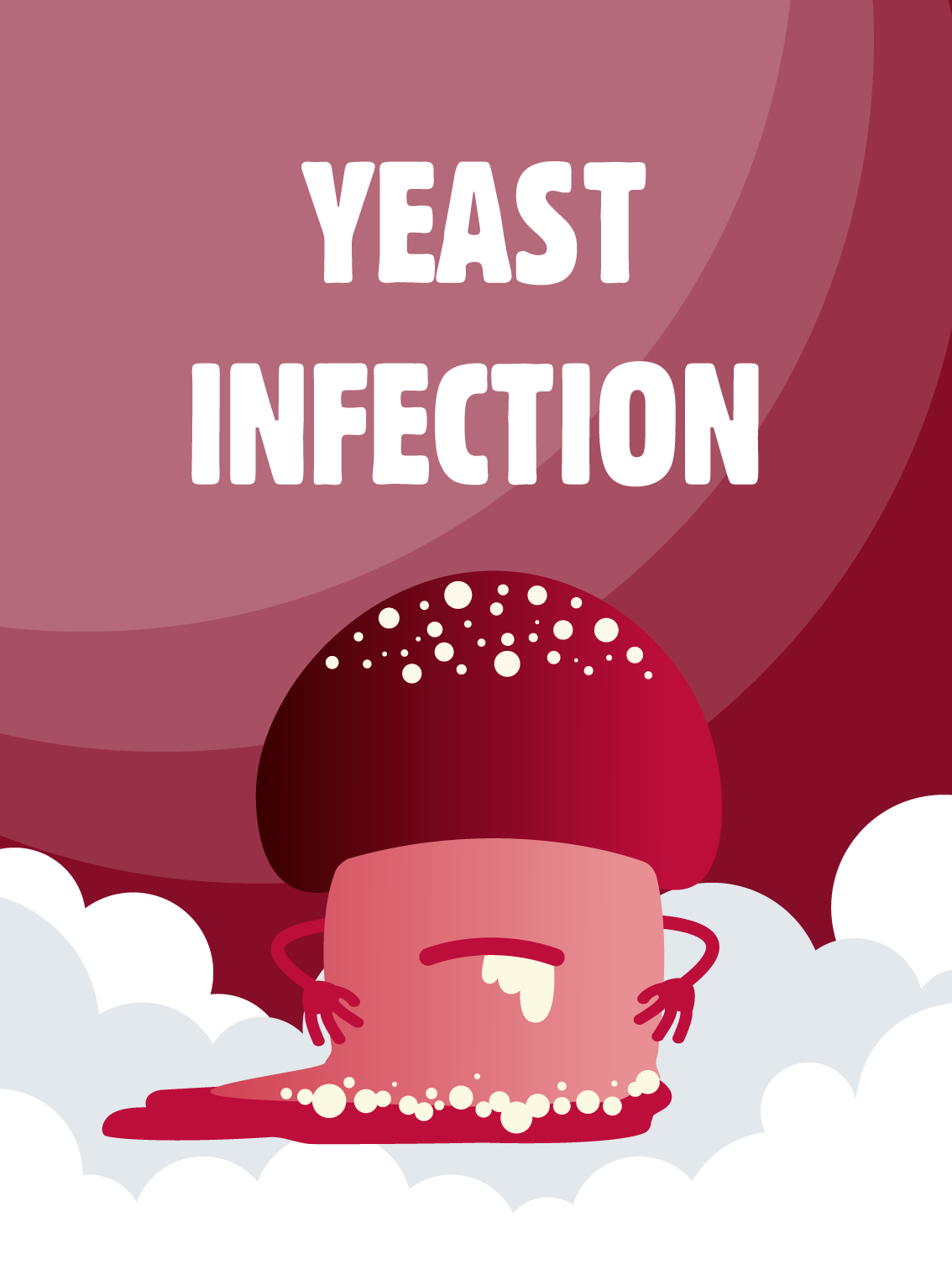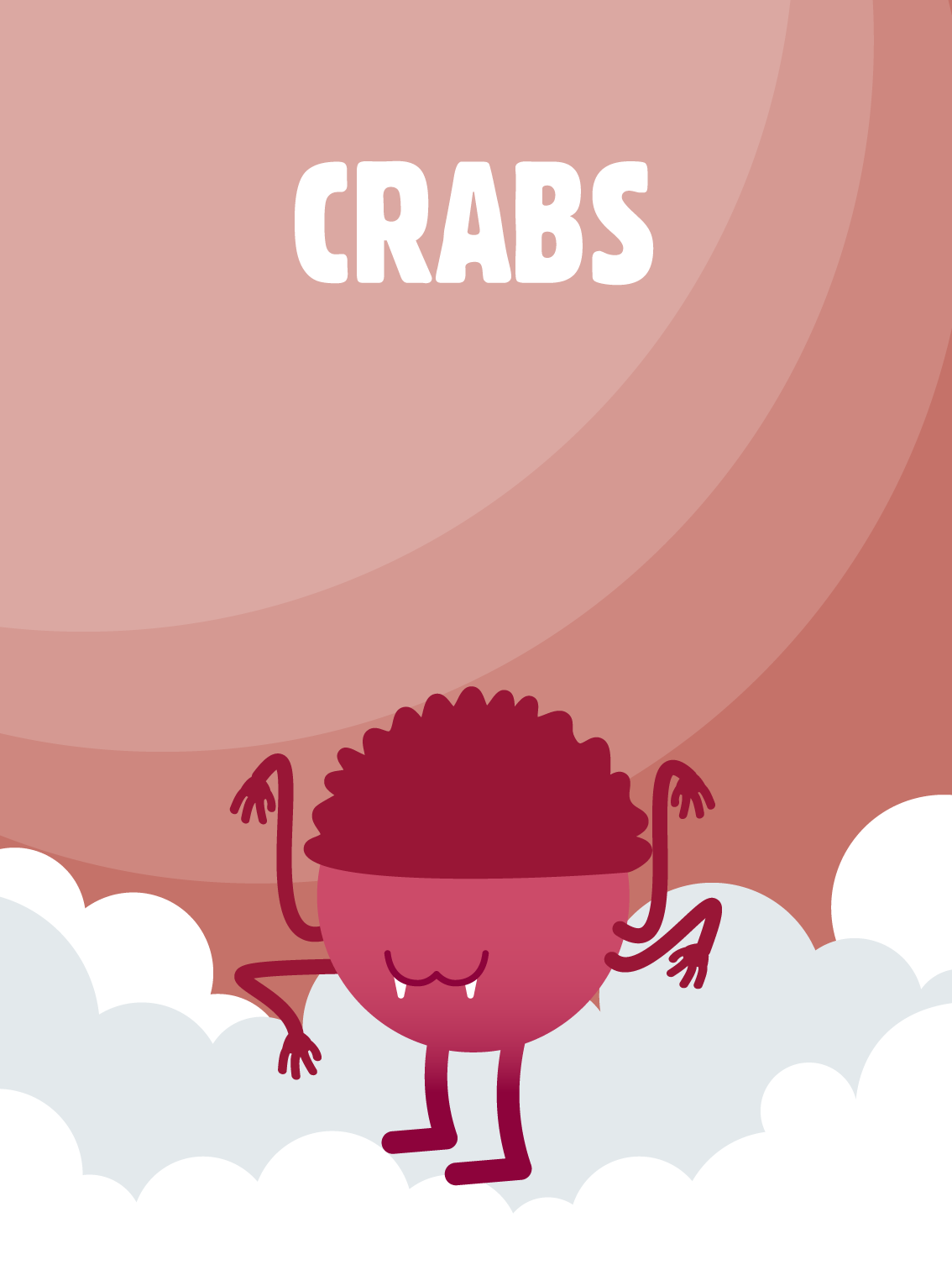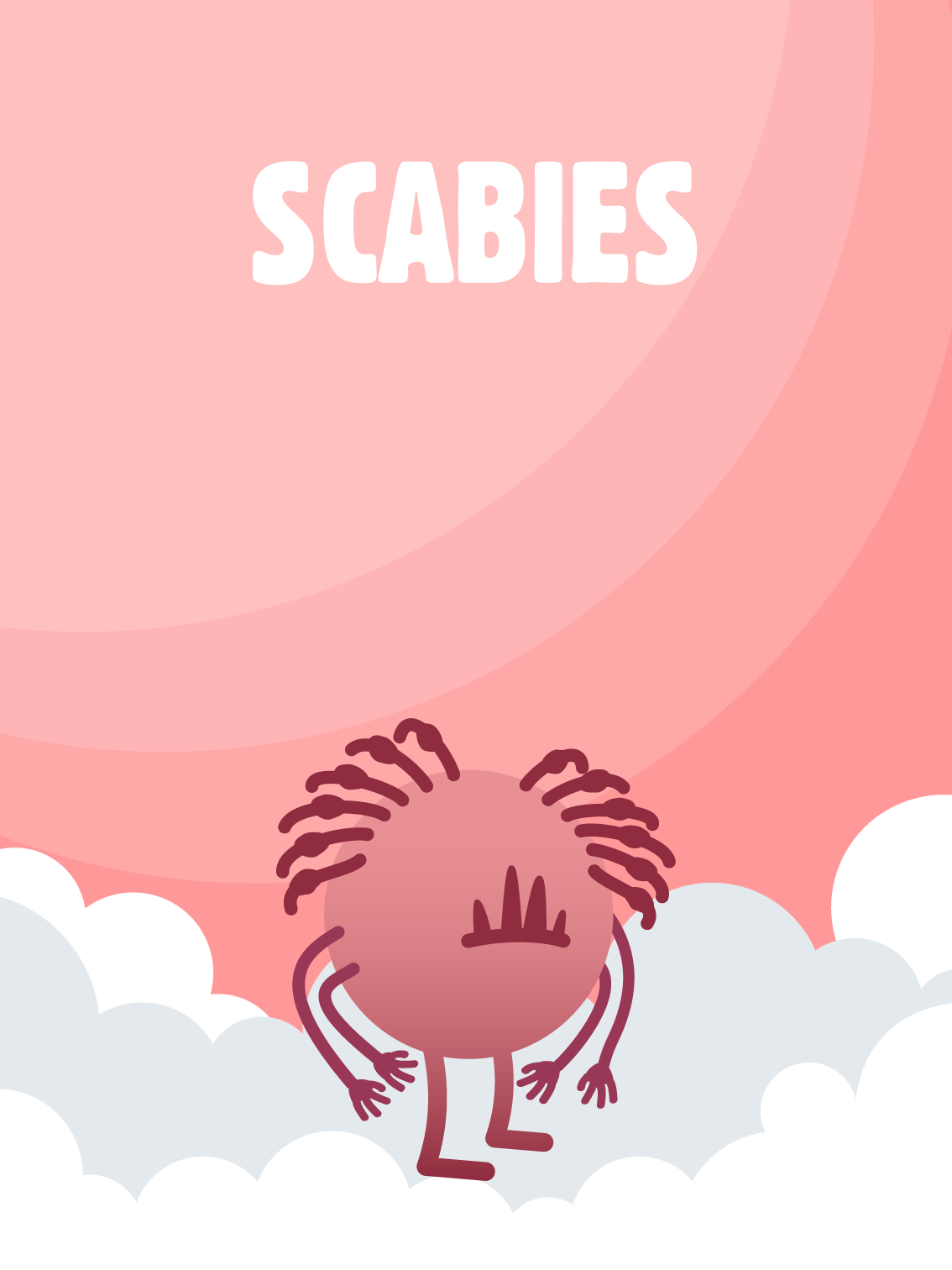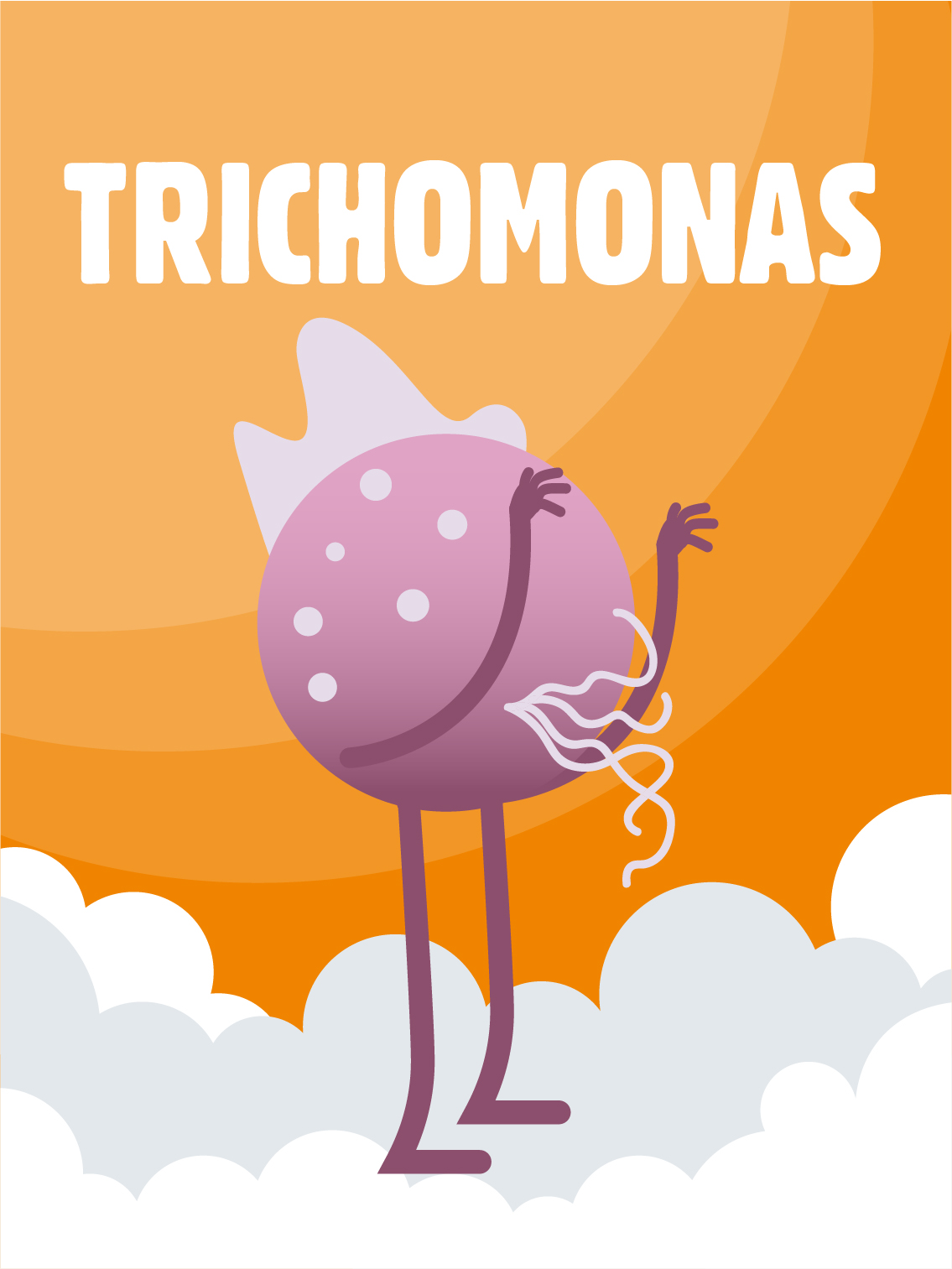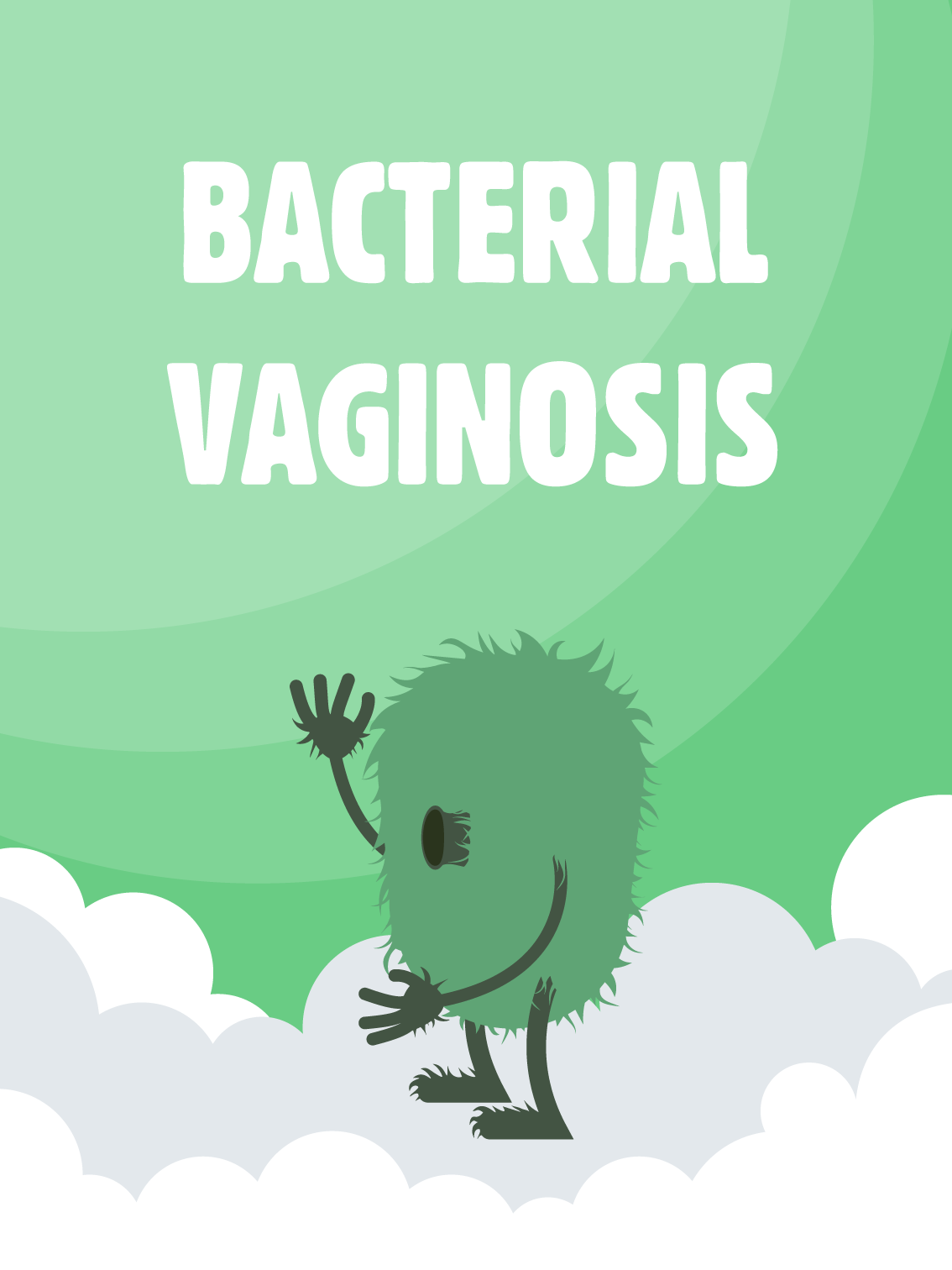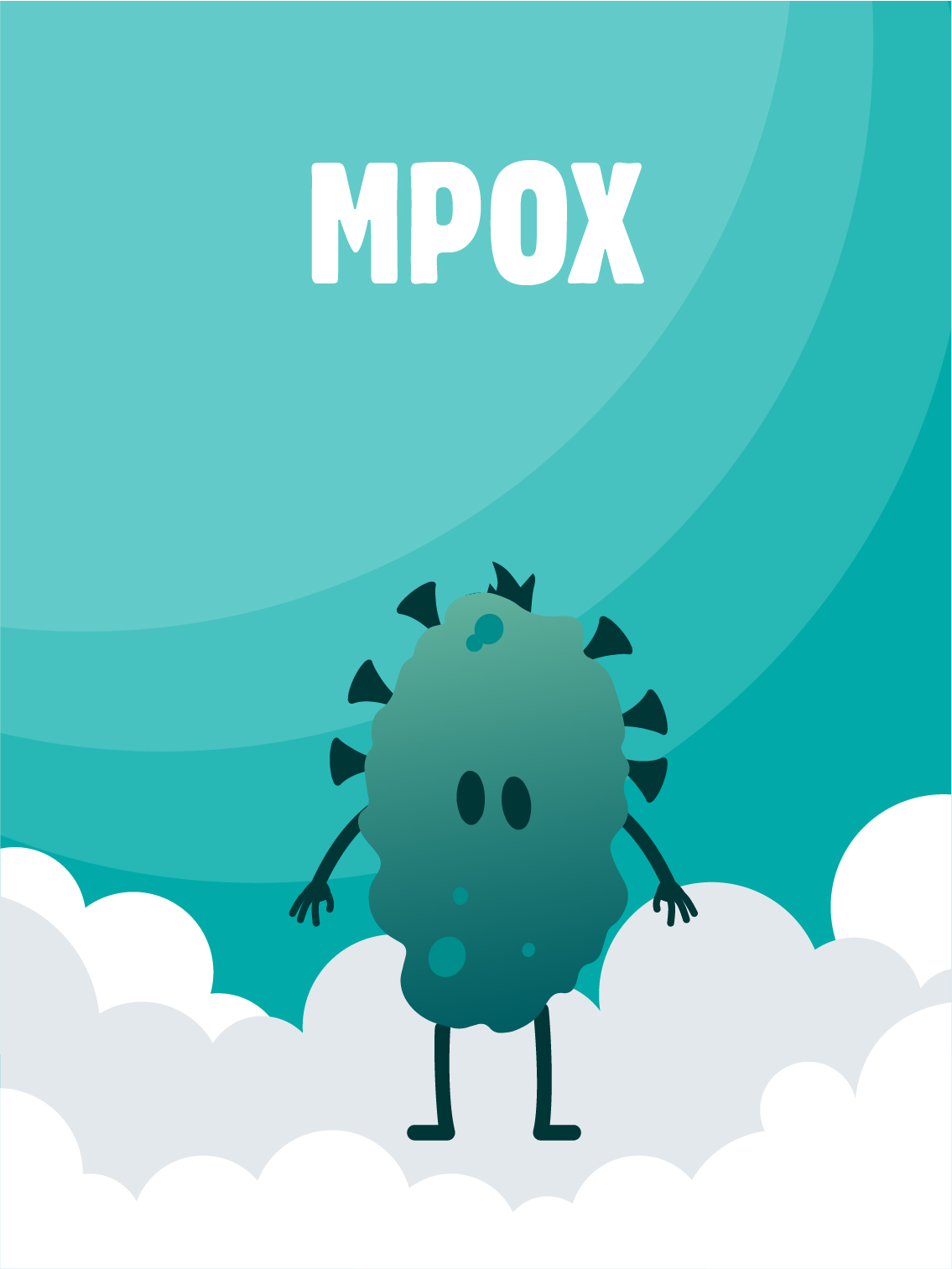STI
Sexually transmitted infections (STIs) are infections that are mainly transmitted during sexual intercourse.
The term "sexual intercourse" covers all penetrative and non-penetrative sexual contact (vaginal and anal penetration, fellatio, cunnilingus, anilingus and sexual fondling).
Everyone is at risk of contracting an STI at some point in their lives, and even more so if they are sexually active.
- Get vaccinated against hepatitis A & B and papillomavirus
- Protect yourself by using protective means;
- Get screened regularly;
- In the event of a positive diagnosis, follow the treatments;
- Tell your partners if you test positive.
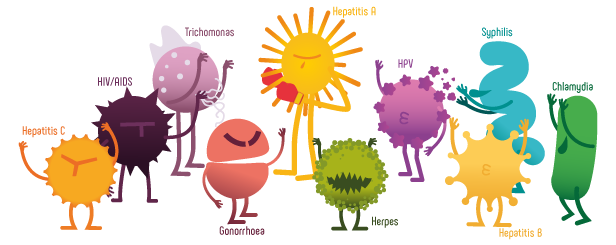
Transmission mode
Sexually transmitted infections (STIs) result from bacteria, viruses or parasites and are mainly transmitted during penetrative or non-penetrative sex.
Sexually transmitted infections (STIs) are spread during sexual intercourse by contact between contaminating body fluids and mucous membranes, or directly between mucous membranes. Fluids involved include blood, semen, pre-seminal fluid, vaginal secretions and breast milk. Mucous membranes are thin, well-watered membranes found in areas such as the vagina, anus, nose, throat, ears and eyes, as well as on the vulva and around the glans penis.
Below, you'll find a summary table of risky practices for each STI. Don't hesitate to consult the page for each STI for more details on modes of transmission.
STIs are never transmitted by contact with surfaces such as toilet seats, swimming pools or saunas. Only hepatitis B can be transmitted through saliva.
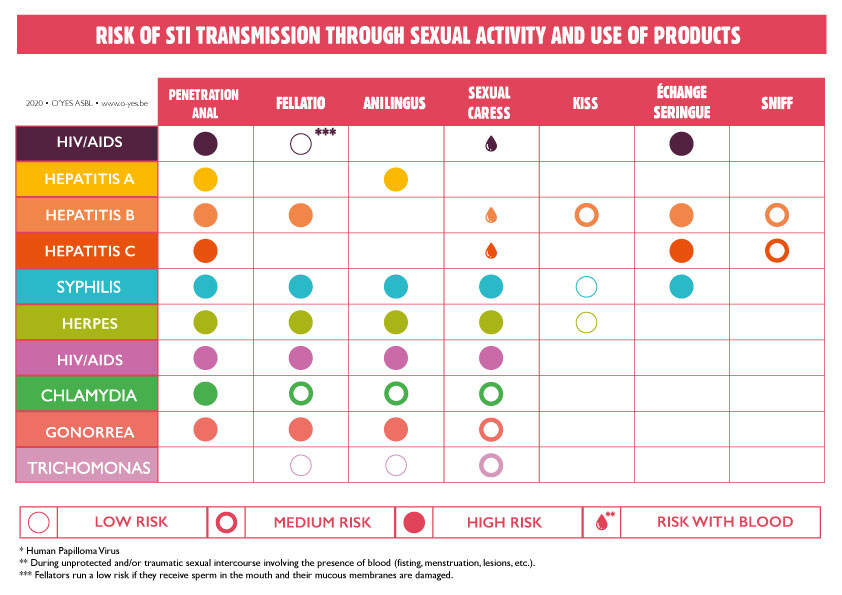
Do you think you took a risk?
- Ask a health professional for advice. Do not use ointments, disinfectants or antibiotics without medical advice.
- Follow the treatment to the end. Follow the prescribed dose and duration of treatment to get the best possible care.
- Continue to use protection methods with your partners during treatment and for another 7 days afterwards.
- Warn your partners. It's essential that everyone is screened and treated in time to limit the risk of reinfection and break the chain of transmission.
- Some STIs can be contracted more than once, and there are ways to protect yourself if you have multiple partners, but a new infection is always possible.
Consequences if not treated
Unfortunately, most symptomatic STIs cannot be cured on their own. However, effective treatments are available to prevent transmission, halt their progress and/or bring about a cure. If neglected, STIs can lead to complications that are more difficult to treat, with consequences such as sterility, blindness*, cancer, reduced immunity and even death.
*Partial or total loss of vision
Symptoms
STIs often have no symptoms, so you can never be sure that you haven't been infected by one or more STIs unless you go for regular screening.
STIs have multiple symptoms, which can often be confused with those of other infections and diseases.
It's important to know your body and be able to detect any unusual changes in your genitals and anal area. These changes can be :
- Unusual discharge from the vagina, penis or anus
- Smells unusual
- Redness
- Pain and itching
- Pimples or cankers
- Warts/condylomata
- Burning sensation when urinating
Other symptoms may appear, but screening is necessary to distinguish them from the symptoms of other infections and diseases.
STIs (Sexually Transmitted Infections)
Other infections
sources : World Health Organization: WHO. (2024, May 21). Sexually transmitted infections (STI). https://www.who.int/fr/news-room/fact-sheets/detail/sexually-transmitted-infections-(stis) Sexually transmitted infections (STI). (s. d.). sciensano.be. https://www.sciensano.be/fr/sujets-sante/infection-sexuellement-transmissible-ist#les-ist-les-plus-fr-quemment-diagnostiqu-es

